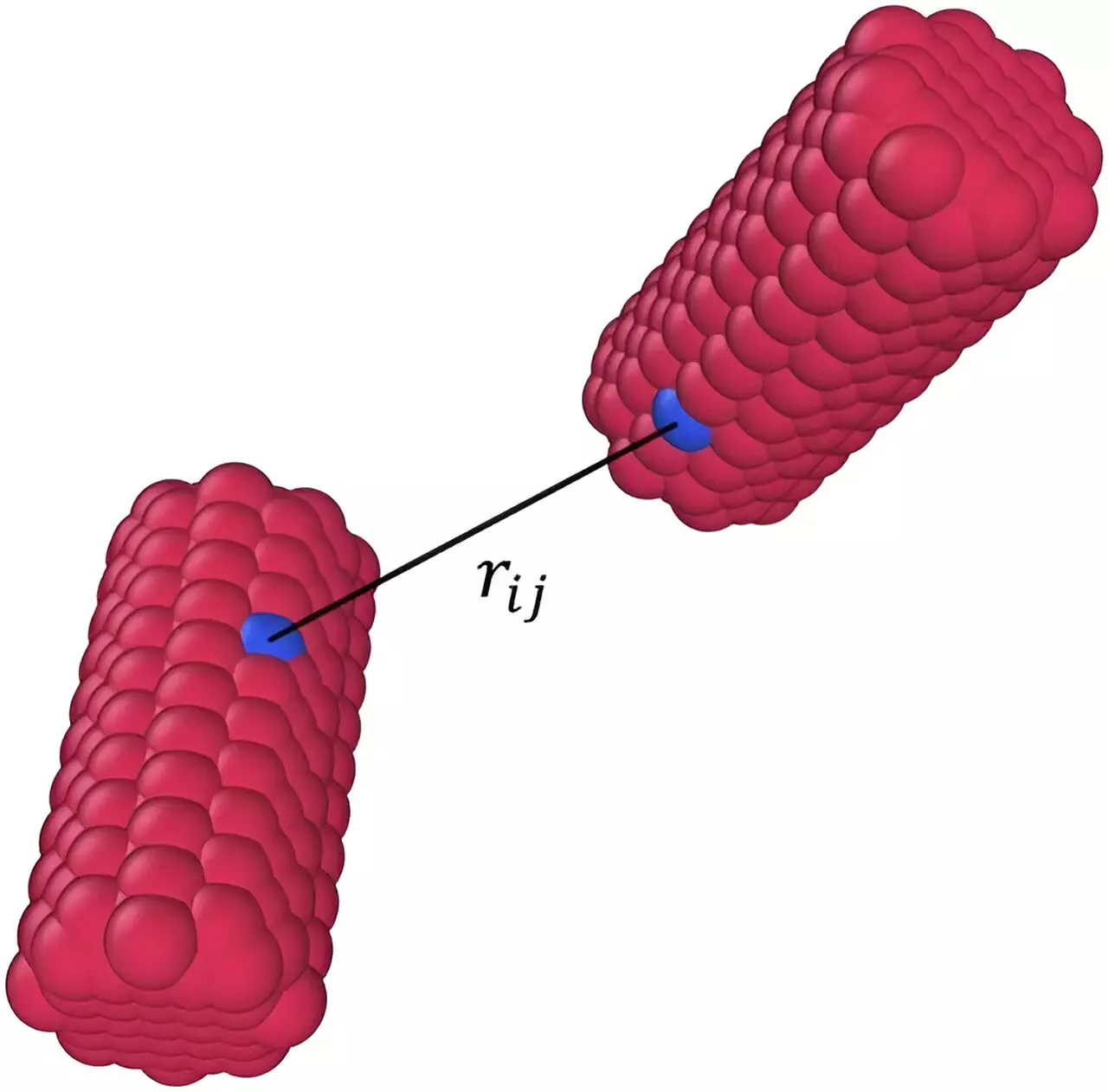Simulating particles in a controlled environment is a relatively simple task when those particles are perfectly spherical. However, in reality, most particles do not conform to such ideal shapes. They come in irregular and varying shapes and sizes, which poses a significant challenge in accurately simulating their behavior. Understanding the interactions and behaviors of these irregularly shaped particles is crucial for various scientific and environmental studies.
Researchers at the University of Illinois Urbana-Champaign have made significant strides in addressing the challenge of simulating irregularly shaped particles. They have employed neural networks to predict interactions between these particles, thus accelerating molecular dynamics simulations. This innovative approach has proven to be up to 23 times faster than traditional simulation methods. By leveraging neural networks, these simulations can be extended to any irregular shape with sufficient training data.
The conventional method of simulating complex shapes, such as cubes or cylinders, involves tessellating these shapes with smaller spheres. This process is not only cumbersome but also computationally expensive, as it requires calculating interactions between numerous tiny spheres. To circumvent these limitations, researchers turned to machine learning techniques, specifically a feed-forward neural network. This approach involves fitting a complex function to the data, allowing for faster and more efficient simulations.
By utilizing neural networks, the need to individually calculate distances between small spheres is eliminated. Instead, only the center-to-center distance and relative orientation of the shapes are required for simulation. This streamlined process significantly enhances efficiency without compromising accuracy. While the method is as precise as traditional simulation methods, its efficiency makes it a promising avenue for future research.
Looking ahead, researchers aim to expand the applicability of this method to simulate more intricate irregular shapes and even mixtures of different shapes. By training the neural network on diverse datasets, including interactions between various particle shapes, researchers envision a more comprehensive and versatile approach to particle simulation. With continued advancements in machine learning and simulation techniques, the possibilities for studying complex particle behaviors are limitless.
The integration of neural networks into particle simulation has shown remarkable potential in accelerating molecular dynamics simulations and expanding the scope of particle studies. By leveraging machine learning capabilities, researchers can overcome the challenges posed by irregularly shaped particles and pave the way for new discoveries in the field of materials science and environmental research.


Leave a Reply